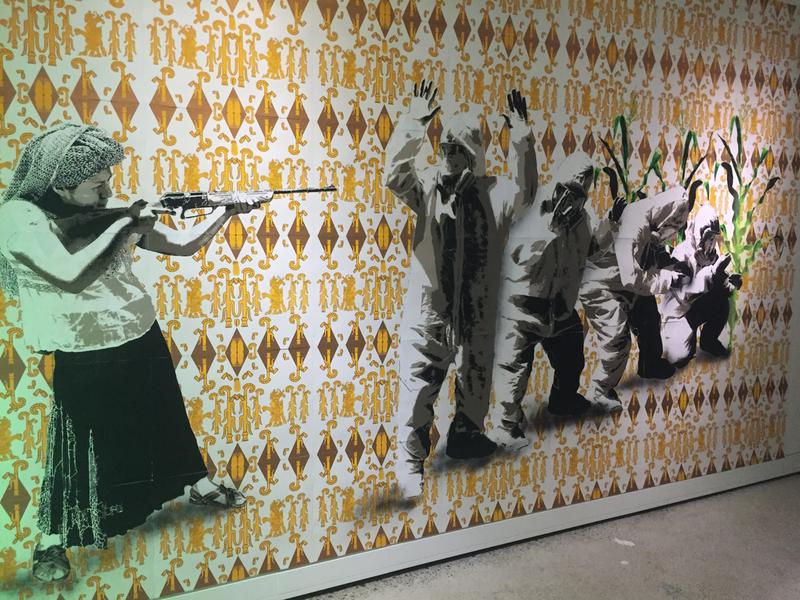This year we have looked at what the work life narratives do in bearing witness to the struggles, traumas and overcomings of people all over the world. I believe future CAP students should listen to How to be a Girl – Marlo Mack’s podcasts about raising a transgender child. Although we have examined contemporary issues such as race and identity, through many different lenses in materials such as Documenting Ferguson and Persepolis, Mack’s podcasts are unlike anything we have studied, yet they are completely relevant to the work we have done in ASTU this year.
To begin, podcasts are a form we have not studied yet. Mack is able to continuously inform her listeners about her experiences with her daughter – everything from the mundane to the extraordinary. Releasing short episodes throughout the duration of her daughter’s childhood, in my opinion, provides a unique look into Mack’s life, offering a first-hand experience rather than a lengthy paper written retrospectively after many years. Her podcasts take listeners along for the ride, speaking to them, as if they’re simply listening to the conversation and tackling the difficulties simultaneously with Mack .
Grossman & D’augelli note how transgender youth are “targeted for discrimination and victimization” because they do not conform to “binary classification[s] of gender.” This at risk community is therefore alienated, and suffer more health risks than other groups (Grossman & D’augelli 112). Also, developing an identity unique to oneself is a difficult task on its own, but individuals identifying with the LGBTQ+ community generally have a much harder time doing this when “gender identity” and sexual orientation is a contributing factor (Grossman & D’augelli 113). Research on the endurances of LGTBQ+ community is emerging slowly, as a growing acceptance of LGBTQ+ people is still occurring. Learning about a phenomenon as it is actually unfolding is especially important to gain a valuable perspective in real time.
Mack not only provides her own insights, but she also gives a voice to her eight year old daughter to speak her thoughts and opinions. The pair are inspiring as they spearhead efforts for the acceptance of transgender children, and provide an alternate direction away from the marginalization of people who identify as LGBTQ+ individuals. In one episode, Mack talks with an older transgender woman, a role model she confides in and sought advice from when Mack was struggling to understand how to accept her daughters gender. Her confident said, “she’s going to be fine, because either you’re there to help her or she will move around you and proceed in the direction she must, as I had to, to find her life. She’s moving forward with or without you, all you can do is… grease the skids” (Mack).
So either as a society we learn to accept LGTBQ+ people, or they will move around us. So why not learn to be accepting, and be at the forefront of understanding the struggles of the LGBTQ+ community, just as we have done by dedicating our time studying life narratives of other victimized groups.
Marlo Mack’s animation about ‘how it all began.’ (Mack)
Works Cited
Beebe, Galon. “18 Episodes About Gender Transitions.” Bello Collective, Bello Collective, 30 Sept. 2016, bellocollective.com/18-episodes-about-gender-transitions-b70ac6d7b734.
Grossman, Arnold H., and Anthony R. Daugelli. “Transgender Youth.” Journal of Homosexuality, vol. 51, no. 1, 2006, pp. 111–128., doi:10.1300/j082v51n01_06.
Mack, Marlo. “How to Be a Girl.” How to Be a Girl, 2018, www.howtobeagirlpodcast.com/.


